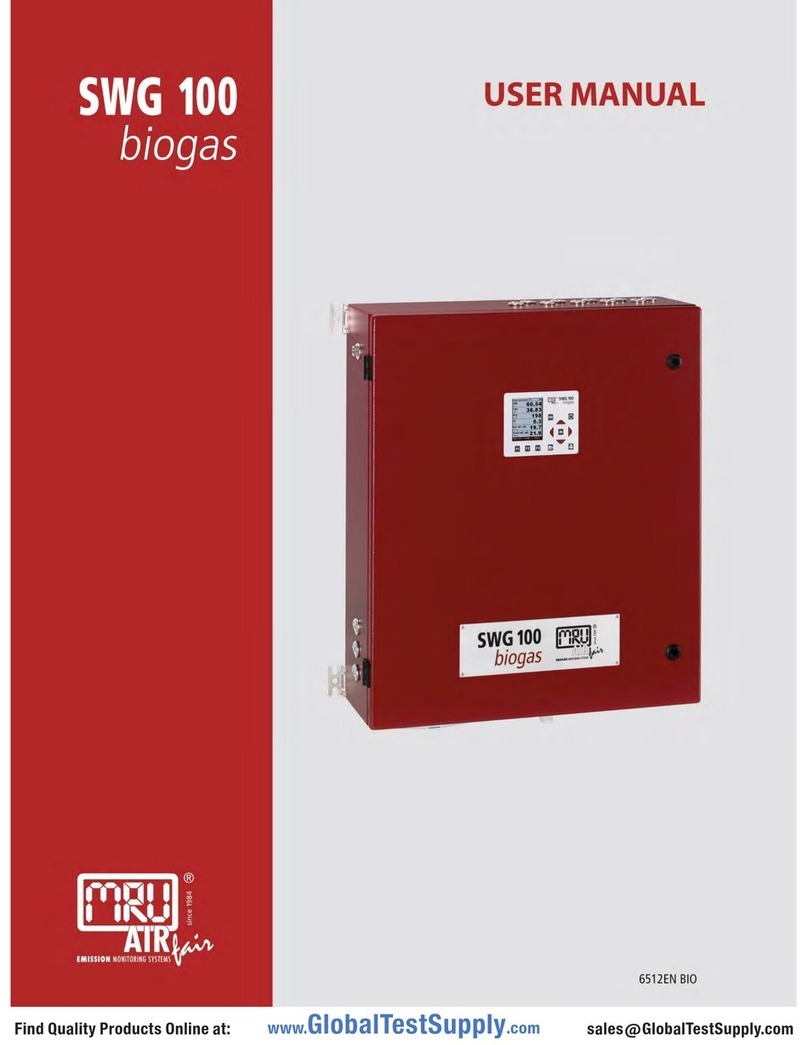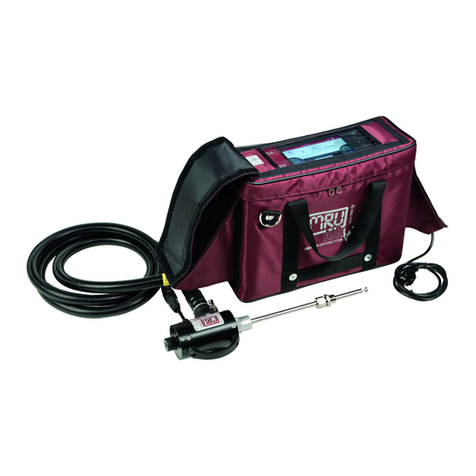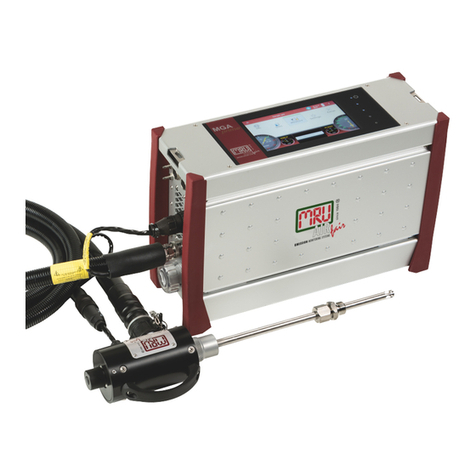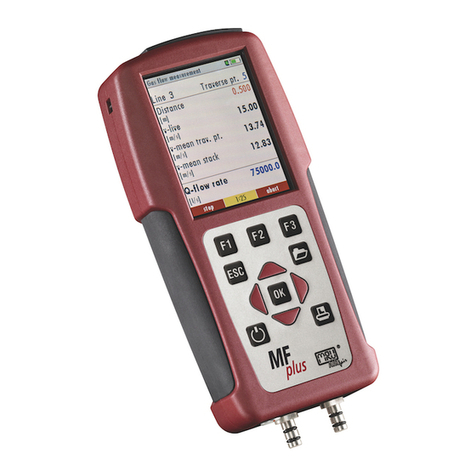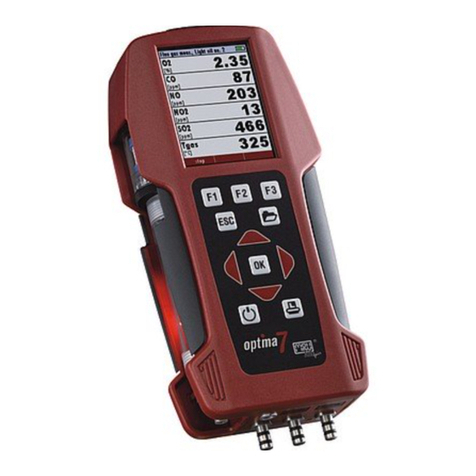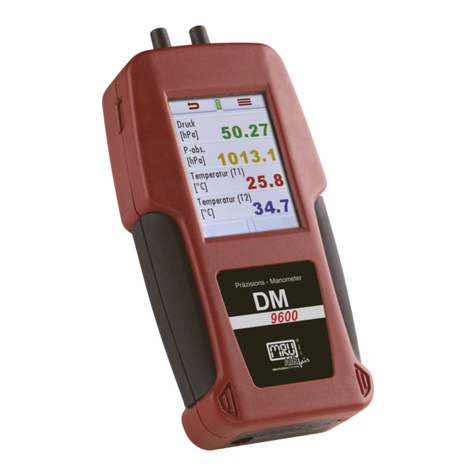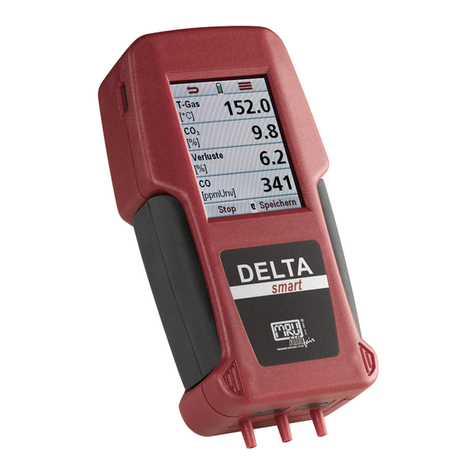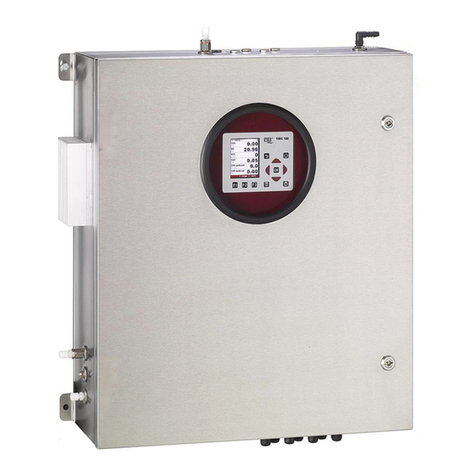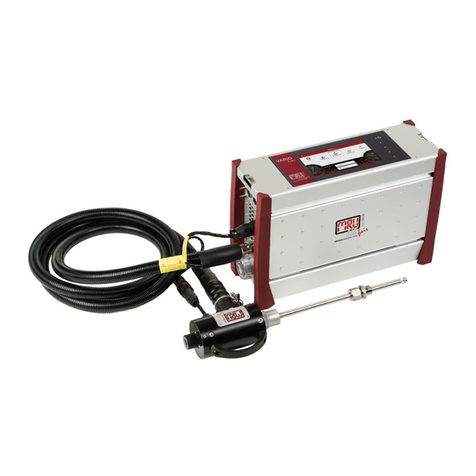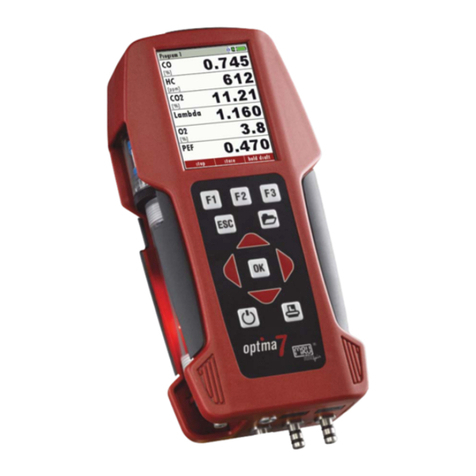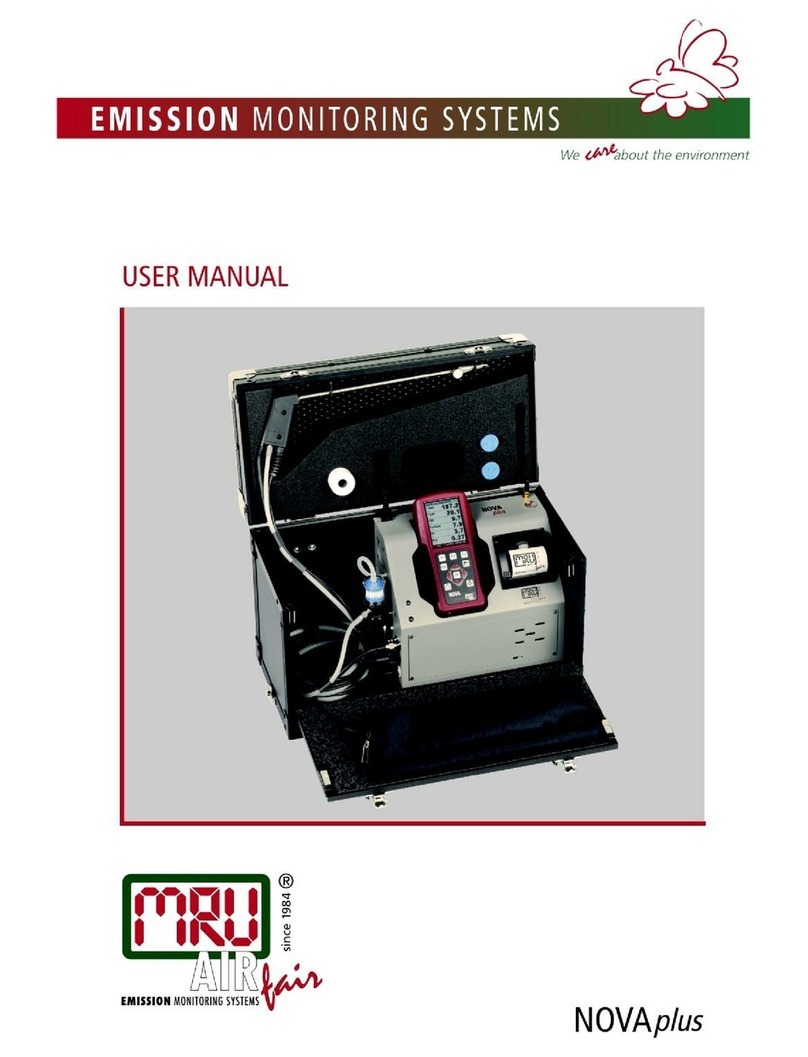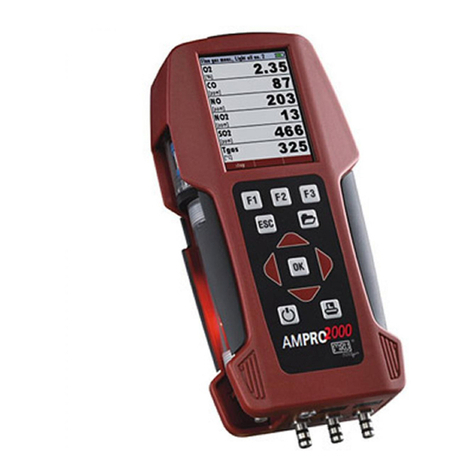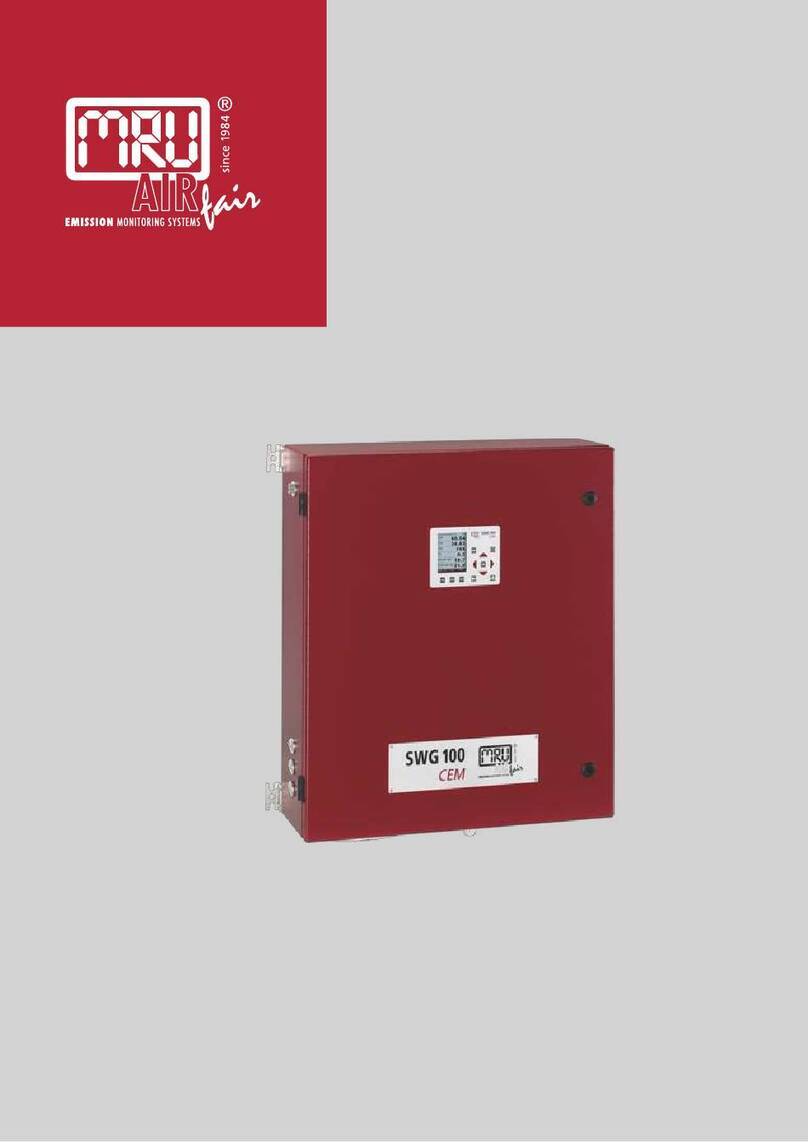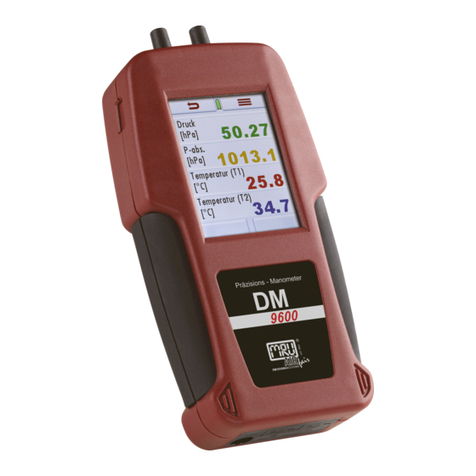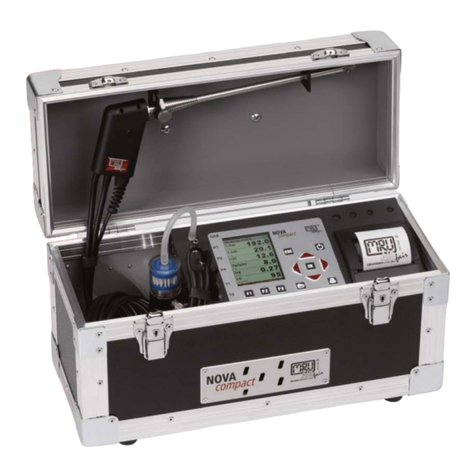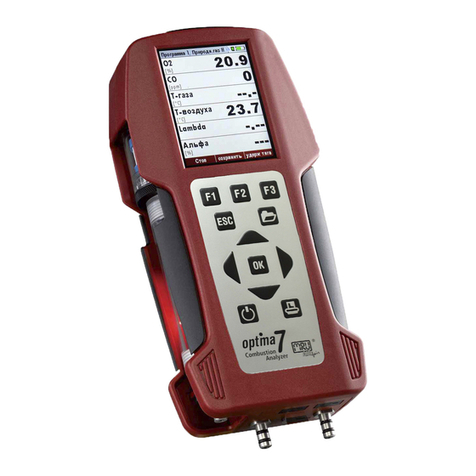USER MANUAL SWG
Page 3of129
Content
1. Information for product and safety............................................................................ 5
1.1. Safety manual ...................................................................................................... 5
1.2. Safety precautions................................................................................................ 5
1.3. Weather and environmental conditions ................................................................ 7
1.4. General important instructions for the plant operator ........................................... 7
1.5. Packing................................................................................................................. 8
1.6. Return of hazardous waste................................................................................... 8
1.7. Return of analyser................................................................................................ 8
1.8. MRU Warranty conditions..................................................................................... 8
2. Analyser Description 0004 ......................................................................................... 9
2.1. Intended use......................................................................................................... 9
2.2. Principle of operation............................................................................................ 9
2.3. Packing dimensions and designations 0005..................................................... 11
2.4. SD-Card: Position and content........................................................................... 14
1. Safety concept of syngas analyser 0016............................................................... 15
2.5. Fan monitoring ................................................................................................... 15
2.6. Internal LEL sensor ............................................................................................ 15
2.7. Gas reducing unit ............................................................................................... 15
2.8. External switching unit........................................................................................ 15
3. Installation manual 0006.......................................................................................... 16
3.1. Overview ............................................................................................................ 16
3.2. Select measurement point.................................................................................. 18
3.3. Installation of the analyzer.................................................................................. 18
3.4. Installation of pressure reducer unit ................................................................... 20
3.5. Connection of main power supply ...................................................................... 22
3.6. I/O modules: Installation and setting .................................................................. 25
3.7. Installation: Calibration gas / zero gas and condensate outlet ........................... 27
4. Operation of the analyser (HMI) 0007..................... Fehler! Textmarke nicht definiert.
4.1. Display and keypad........................................Fehler! Textmarke nicht definiert.
5. Binding to a process control system: I/O modules 0008...................................... 33
5.1. Position of the IO module inside the analyzer .................................................... 33
5.2. Pin assignment................................................................................................... 34
5.3. Analog outputs 4-20 mA..................................................................................... 36
5.4. Alarm outputs ..................................................................................................... 42
5.5. Analog inputs (4-20 mA)..................................................................................... 47
5.6. Configuration of the external control (Option: IO module) .................................. 52
1. Analyser commissioning manual0009................................................................... 59
5.7. Power up the analyser........................................................................................ 59
5.8. Checking list for commissioning ......................................................................... 60
5.9. Check country and language.............................................................................. 60
5.10. Check date and time of the instrument............................................................... 61
5.11. Configuration of the alarm relays........................................................................ 62
5.12. Configuration of the Modbus .............................................................................. 65
6. Cycle configuration 0010......................................................................................... 69
6.1. Path and default setting...................................................................................... 69
6.2. General information............................................................................................ 69












